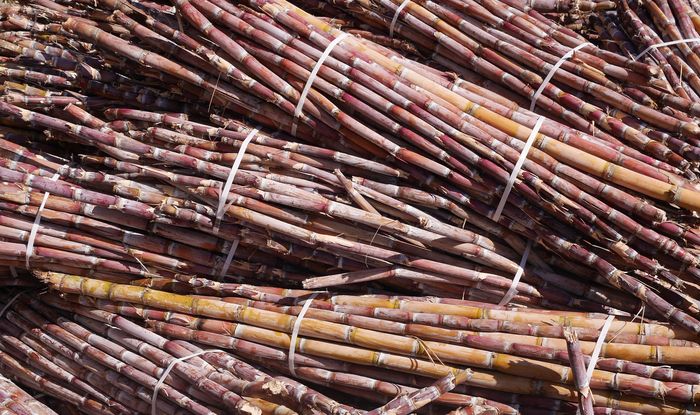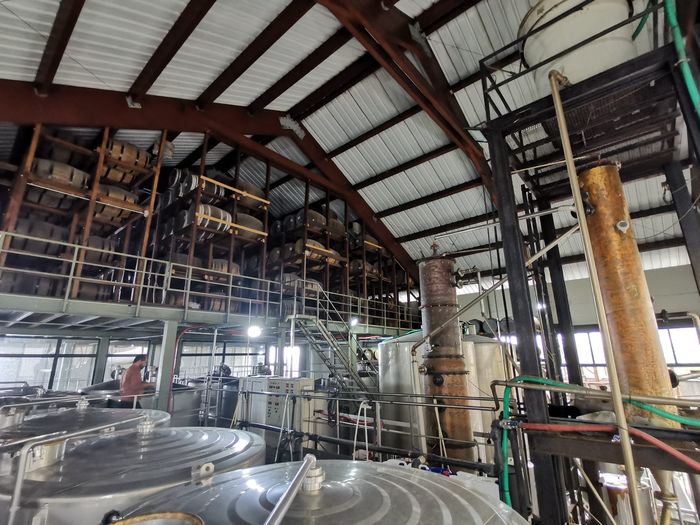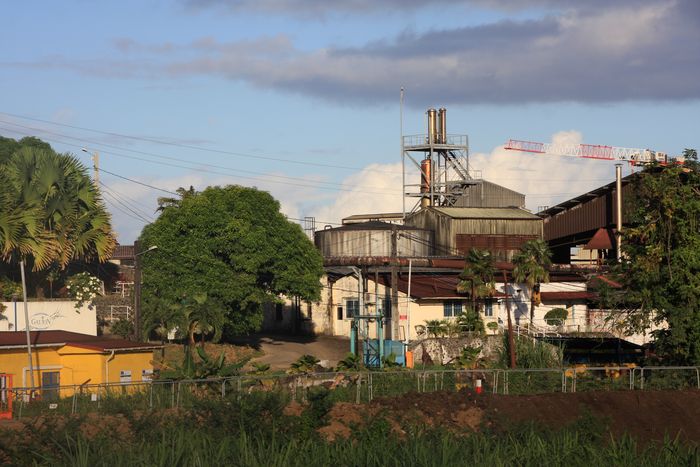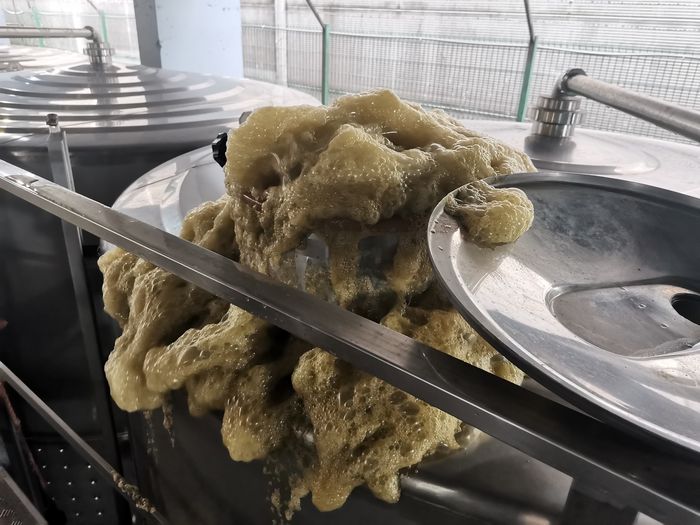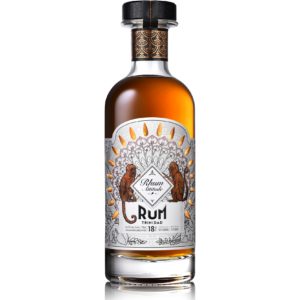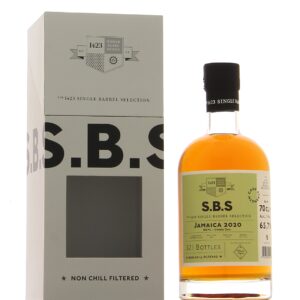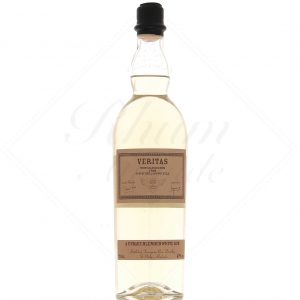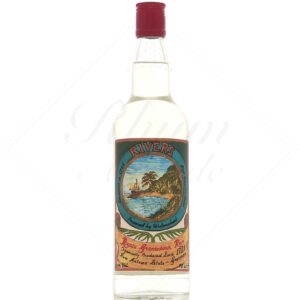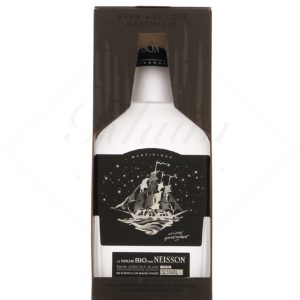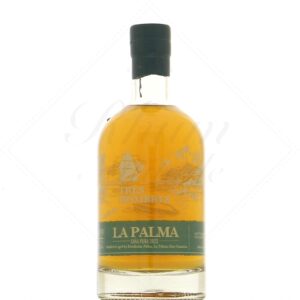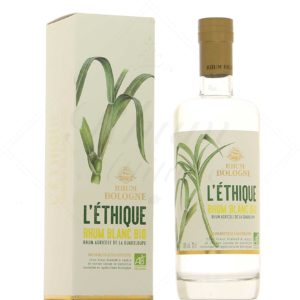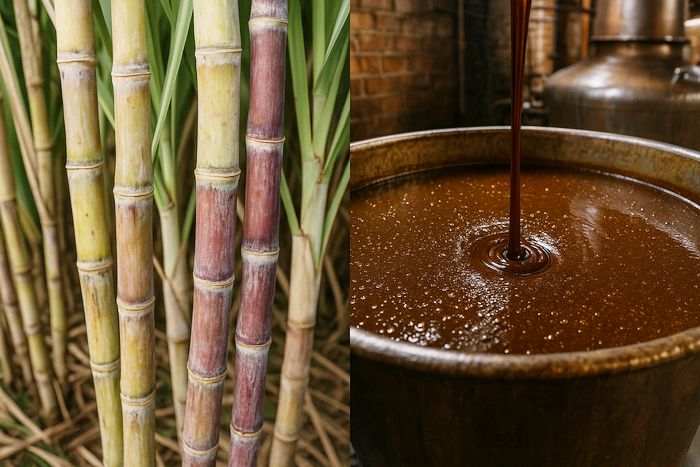
What is agricultural rum?
Definition and origin of agricultural rum
Agricultural rum has a fairly simple definition in principle: it's a rum produced from pure cane juice. You'll discover some subtleties a little further on, in the regulations section 😉
It's an appellation limited to the French overseas departments and Madeira, which brings us directly to its origins. Indeed, why limit this appellation to Martinique, Guadeloupe, French Guiana, Réunion, and especially why is Madeira included in this list? Well, it turns out that these territories share the same history of sugar and rum, and experienced the same turning point that saw the birth of agricultural rum as we know it today.
At the end of the 19th century, a severe sugar crisis raged across the world. The industry struggled to reinvent itself since the abolition of slavery, beet sugar imposed fierce competition, and yields declined due to the depletion of soils that had been given over to monoculture sugarcane for too long.
As a result, production became more concentrated, with many small factories/distilleries closing their doors and large central factories emerging. Small planters, far from the factories and isolated, found themselves with their production on their hands. They then began to distill their cane juice directly to make rum, bypassing the sugar and molasses process. In the French West Indies, this was called "rhum z'habitant," which later became rhum agricole and gradually gained its reputation.
Agricultural rum manufacturing process
Agricultural rum is a brandy made from pure sugar cane juice. The cane is cut by hand or with machines, depending on the wishes and possibilities of the grower and/or the terrain. To obtain maximum yield (in sugar and therefore alcohol), the cane is crushed and its juice fermented as quickly as possible. When cut by hand, it is often pressed as is, but when the harvest is mechanized, distilleries prefer to rinse it to get rid of the largest impurities. Watering the cane during crushing also allows it to be soaked in water, to promote juice extraction. Crushing techniques range from the simple hand-operated mill to the more industrial mill where the cane arrives cut into sections and passes through a battery of 4 or 5 crushers.
The pressed juice is then sent to fermentation , the stage where the sugar is transformed into alcohol by the action of yeasts. Here too, the methods are multiple and involve more or less control. Depending on the desired rum profile, the use of "wild" yeasts and cultured yeasts, the duration of fermentation, the temperature of the vats, etc. will vary. When fermentation is complete, most often after 24 to 48 hours, we obtain a cane wine which often has an alcohol content of between 4 and 8%, ready for distillation.
Distillation allows the alcohol to be concentrated, while sorting and selecting the elements that we wish to keep in the rum, according to the temperature at which these elements evaporate in the still.
To do this, the distiller uses a column (like the famous Creole column) or a traditional still. The latter allows the cane wine to be heated, its alcoholic and aromatic vapors to be recovered, and condensed to return them to a liquid state. The still is then emptied of the liquid depleted of alcohol (the "vinasses"), and the process begins again. The column allows for continuous distillation, feeding it with fermented cane juice from the top. At its base, steam is injected, this rising steam meeting the descending juice, slowed down by trays. The meeting of these two elements volatilizes the alcohol and aromatic compounds, which then return to a liquid state after condensation.
After distillation, the resulting rum is translucent. It is left to rest for a few weeks, or even months (the longer the better), while gradually diluting it to reach the desired alcohol content. It can then be bottled as white rum . The resting time can of course be extended in barrels, and the rum will take on an amber color when in contact with the wood. It will then become amber rum or aged rum.
Characteristics and flavors of agricultural rum
The main characteristic of agricultural rum is its vegetal, herbaceous character, very close to its raw material, which is sugar cane juice. Peppery aromas and citrus notes are also quite typical. Then, a whole range can unfold, with cane that is more or less ripe, more or less dry, which develops more fruity, iodized, earthy, spicy nuances...
What is industrial rum?
Definition and origin of industrial rum
Industrial rum is made from a by-product of the sugar industry, molasses, hence its name. This does not necessarily mean that this rum is produced industrially in the sense of large-scale production. Indeed, industrial rum can be a small-scale product, made from industrial molasses but produced by a small distillery.
So, the term industrial rum is not, and should not be, a dirty word, especially since there are as many excellent products in this category as there are in the agricultural rum category. Statistically, and to be a bit provocative, there are probably even more, with industrial rum representing around 90% of global production!
A small nuance in this world of industrial rum / molasses rum: sugar rum, which comes from a factory that produces both its sugar and its rum. Examples include Galion in Martinique or Worthy Park in Jamaica.
Industrial rum manufacturing process
Industrial rum is made from molasses, a by-product of sugar production. The cane is harvested, crushed, and its juice is cooked to evaporate the water and thus concentrate the sugar. During this final step, the preparation is seeded with a few sugar crystals, to which the cooking sugar clumps. After this cooking, the whole mixture is centrifuged to separate the crystallized sugar from the cooked, sugar-depleted cane juice, which is called molasses. This cooking/separation process can be repeated several times, until a highly refined sugar and a very lean molasses are obtained.
Even though molasses is depleted of crystallizable sugar, it still contains sugar that can be fermented to produce alcohol. It is less aromatic and contains more impurities than less refined molasses, but it is more economical. Distilleries then choose the type of molasses that best suits their needs, depending on their constraints and objectives.
Before being fermented, the molasses is diluted with water to achieve the right sugar content and viscosity. Vinasses can also be used for this dilution, to maximize acidity and thus promote the creation of aromas. The rest of the process is the same as for agricultural rum, with cane molasses that is fermented, distilled and eventually aged .
Characteristics and flavors of industrial rum
Defining the characteristics of an industrial rum is not easy, given the wide range of possible aromas and flavors. One could perhaps say that, unlike agricultural rum, it is not necessarily herbaceous, but exceptions could certainly contradict this statement.
Industrial rum can be light, with subtle, rather floral and spicy aromas. It can also be traditional, with some licorice aromas from a still very rich molasses. If it is of the grand aroma type, we will find notes of very ripe tropical fruits, olive brine, often associated with a touch of solvent.
Agricultural rum vs. industrial rum: what are the differences?
Raw material used
This is the most important thing to remember:
Agricultural rum = pure cane juice
Industrial rum = molasses
Then, as for the best rum , it's up to your palate to decide!
Fermentation and distillation process
The fermentation and distillation processes for agricultural and industrial rum are more similar than one might imagine. The basic rules are the same: production of alcohol from sugar, followed by concentration and selection of aromatic compounds.
More and more distilleries are starting to produce both types of rum, like Savanna , which has been doing so for a long time in Reunion Island. In the Caribbean, with molasses becoming increasingly scarce, many distilleries see a future in pure cane juice. Islands like Barbados, Jamaica, and St. Lucia, on the other hand, do not fall under the "rhum agricole" designation, but can produce a pure cane juice rum that comes close.
Terroir and influence of climate
Since rum is a distilled product, the terroir factor is less obvious and less direct than in the world of wine. However, it has been shown that the soil (much more than the cane variety) does have a real impact on agricultural rum. Depending on the nature of the soil, its exposure, and its humidity, the cane absorbs nutrients and sunlight in the same way as a grape. These qualities are therefore logically reflected in the pure juice that is then distilled.
A key element of terroir in industrial rum: the molasses dilution water. Since molasses must be diluted with water at a ratio of 1 to 6 or 7, this element becomes crucial, and its purity becomes central.
But perhaps it's during fermentation that the terroir effect truly manifests itself, and in this case, agricultural and industrial rum are on equal footing. The yeasts and bacteria naturally present in the distillery environment have a huge influence on the cane wine that will be distilled. These microorganisms are so important that a minimal change within the ecosystem of a fermentation room can completely disrupt the flavor profile of a product.
Taste and aromatic profiles
You might think that certain aromatic markers are exclusively reserved for one type of rum, but there are many examples that contradict the rules. Just taste a Ron Barcelo made from pure cane juice and extremely light, like a Cuban molasses rum, and a Mhoba from South Africa, also made from pure cane juice, with ultra-funky aromas like Jamaican high ester.
Regulations and designations
Under European regulations, the definition of agricultural rum is rather simple, but this simplicity involves a few subtleties. The central point, the one that must be remembered above all, is that agricultural rum must be produced from pure sugarcane juice.
Among the details that are actually all the more important, agricultural rum must also meet the criteria of traditional rum. That is to say, it must have been distilled below 90% alcohol (compared to 96% maximum for other rums), from local raw material, must contain a quantity of volatile substances (molecules responsible for aromas) greater than 225 grams per hectoliter of pure alcohol, and cannot be sweetened.
This is all quite technical, but overall, we want to ensure that the rum is produced from local raw materials, and that it is sufficiently aromatic and characteristic of rum .
As we have seen, the term industrial rum poses a small lexical difficulty which is the origin of a big misunderstanding: the producers of industrial rum (which can also be called molasses rum) have in some way appropriated the term "traditional rum", which would be opposed to agricultural rum. We can understand them, because the term is much more marketable; however, as a reminder, the term traditional rum applies to a rum made from local raw material, distilled at less than 90%, containing more than 225g/hlap of volatile compounds, and unsweetened. This traditional rum can therefore be made from molasses as well as pure juice.
To add to the confusion, the term traditional is often even misleadingly used for light molasses rums, therefore very little aromatic, and sometimes even sweet.
Which rum should you choose according to your preferences?
For lovers of authentic and complex flavors
This white rum from Martinique is one of the team's favorites; it's a striking snapshot of Martinique's terroir.
This bottling of Trinidad rum demonstrates the range of aromas that industrial rum is capable of.
A fine example of authenticity and terroir, for this explosive Jamaican rum.
For cocktails and mixes
Not an agricultural product, but a cousin worth discovering, this blend of Haitian clairins is a concentrate of terroir. Ultra-typical of pure cane juice made in the traditional way.
A new blend, this time of molasses rums, with a subtle balance between elegance and madness.
A marvel of the island of Grenada, between agricultural and industrial, made from cane syrup.
Ecological impact and responsible production
52.5: A superb cane brandy, a high-fashion organic agricultural rum
The delicacy of pure, aged organic cane juice, transported aboard a sailboat
Bologne is the first farm in Guadeloupe to be certified HVE (High Environmental Value), and illustrates this with this delicious L'Ethique Bio.
